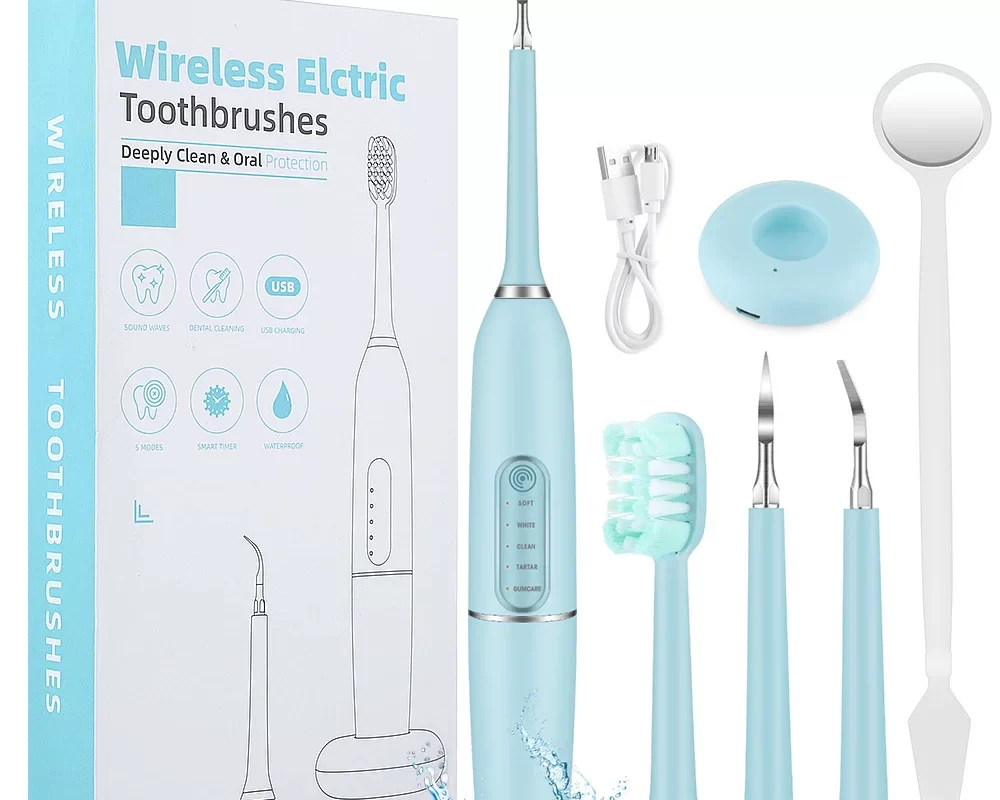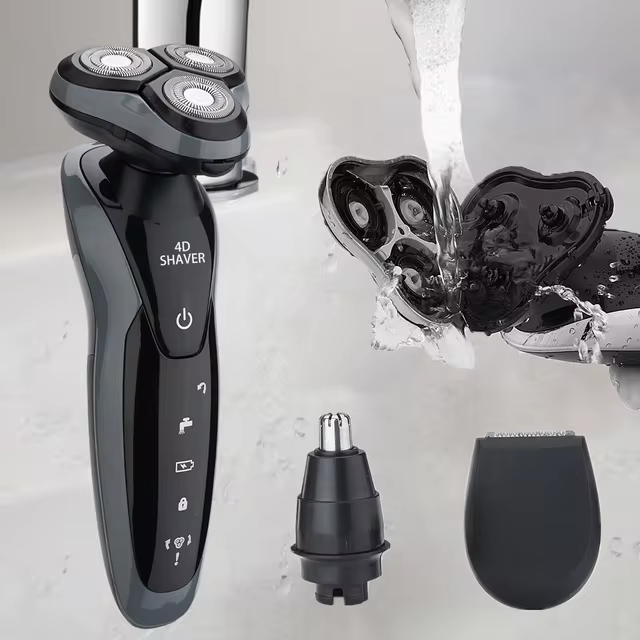Introduction: The Benefits of Disinfecting Toothbrushes
Maintaining proper dental hygiene includes not only brushing regularly but also ensuring that your toothbrush is clean and free from bacteria. Soaking your toothbrush in hydrogen peroxide is a popular method for disinfection. However, guidelines for the ideal soaking time can vary. In this comprehensive guide, we will outline general recommendations for safely soaking your toothbrush in hydrogen peroxide to effectively eliminate bacteria and promote oral health.
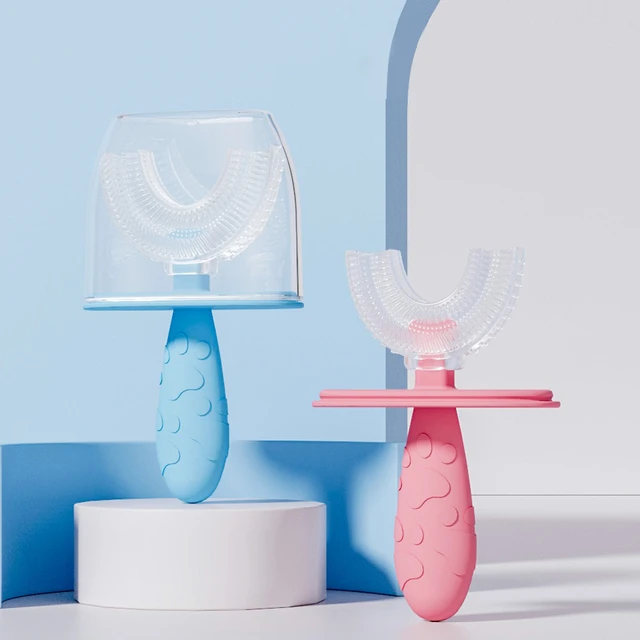
Safely Disinfecting with Hydrogen Peroxide: Soaking Time Guidelines
The Importance of Toothbrush Disinfection:
Promoting Oral Hygiene
a. Bacteria and contamination: Toothbrushes can harbor bacteria, fungi, and other microorganisms that can accumulate over time. Disinfection helps minimize these factors and prevent oral health issues.
b. Promoting a healthy mouth: By reducing bacteria on your toothbrush, you reduce the risk of introducing harmful microbes into your mouth, potentially preventing conditions such as gum disease, bad breath, or infections.
c. Preventing cross-contamination: Proper toothbrush disinfection is particularly crucial if you share your bathroom with others or if you have been ill. Disinfection helps prevent the spread of germs and cross-contamination among family members.
Using Hydrogen Peroxide as a Disinfectant:
Benefits and Safety
a. Hydrogen peroxide properties: Hydrogen peroxide is an effective disinfectant due to its antimicrobial properties. It can eliminate a wide range of bacteria, viruses, and fungi on surfaces.
b. Toothbrush safety: Hydrogen peroxide is generally safe for disinfecting toothbrushes as long as proper precautions are followed. However, it is important to note that prolonged exposure to hydrogen peroxide may cause bristle damage, so it is essential to adhere to recommended soaking times.
c. Consultation with a dentist: If you have specific concerns or dental conditions, it is advisable to consult with your dentist to determine if disinfecting your toothbrush with hydrogen peroxide is appropriate for your unique situation.
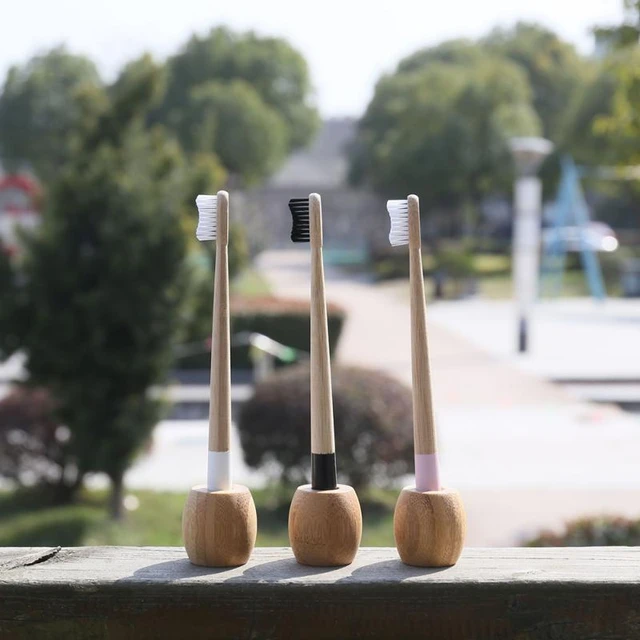
Recommended Soaking Times:
General Guidelines
a. Five to ten minutes: The general guideline for soaking toothbrushes in hydrogen peroxide is five to ten minutes. This duration allows enough time for the hydrogen peroxide to eliminate bacteria and other microorganisms effectively.
b. Weekly disinfection: It is recommended to disinfect your toothbrush once a week to maintain proper oral hygiene. This regular disinfection helps prevent the buildup of bacteria between brushing sessions.
c. Adjusting soaking time for specific needs: Depending on your specific needs, you can adjust the soaking time. For example, if you have been ill or exposed to harmful bacteria, you may choose to extend the soaking time slightly to ensure thorough disinfection.
d. Brushing before and after soaking: Prior to soaking, thoroughly rinse your toothbrush under warm water to remove any residual toothpaste or debris. After the recommended soaking time, rinse the toothbrush again before use to remove any traces of hydrogen peroxide.
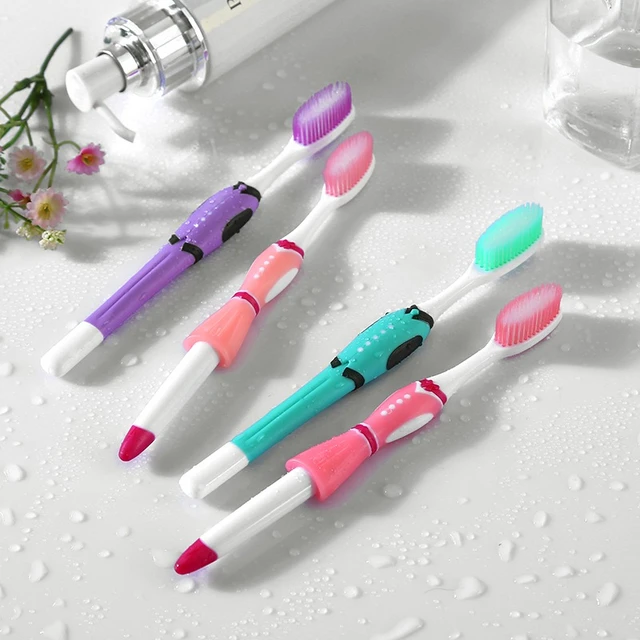
Proper Toothbrush Care and Maintenance:
Complementary Practices
a. Frequent rinsing: Rinse your toothbrush thoroughly with warm water after each use. This removes excess toothpaste and helps remove any lingering bacteria.
b. Air drying: Allow your toothbrush to air dry in an upright position between uses. Ensuring proper airflow around the bristles helps prevent the growth of bacteria in moist conditions.
c. Avoid sharing toothbrushes: Sharing toothbrushes can lead to the exchange of saliva, bacteria, and other pathogens. It is essential to use separate toothbrushes for each family member to maintain proper hygiene.
d. Replacing toothbrushes regularly: It’s recommended to replace your toothbrush every three to four months, or sooner if the bristles become frayed or worn. A fresh toothbrush reduces the risk of bacterial contamination and maintains optimal brushing efficacy.
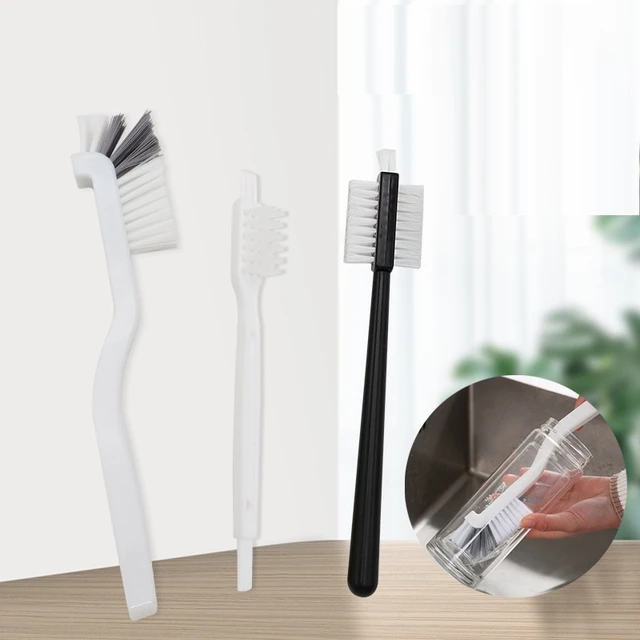
Proper Handling and Precautions:
Ensuring Safety
a. Use 3% hydrogen peroxide solution: When disinfecting your toothbrush with hydrogen peroxide, it is important to use a solution with a concentration of 3%. Higher concentrations may be too harsh for the bristles and could potentially lead to damage.
b. Avoid swallowing hydrogen peroxide: Hydrogen peroxide should not be swallowed or ingested. While the concentration used for disinfection is generally safe, swallowing it can cause stomach upset or irritation. Rinse your toothbrush thoroughly after the recommended soaking time to ensure no residual hydrogen peroxide remains.
c. Store hydrogen peroxide safely: Keep the hydrogen peroxide bottle out of reach of children and pets to prevent accidental ingestion. Store it in a cool, dry place following the manufacturer’s instructions for proper storage.
d. Protect surfaces: When handling hydrogen peroxide, take care to prevent spills on surfaces that may be affected. Use a clean towel or paper towel to protect countertops or sinks, especially if they are susceptible to discoloration.
Alternative Methods for Toothbrush Disinfection:
Exploring Options
a. Mouthwash soak: If you don’t have hydrogen peroxide on hand, you can use an alcohol-based mouthwash to disinfect your toothbrush. Simply immerse the bristles in the mouthwash for approximately five to ten minutes, following the same general guidelines as with hydrogen peroxide.
b. UV toothbrush sanitizers: UV toothbrush sanitizers use ultraviolet light to kill bacteria and other microorganisms. These handy devices can effectively disinfect your toothbrush in a matter of minutes. Follow the manufacturer’s instructions for optimal usage and proper care of the sanitizer.
c. Boiling water method: Another method for disinfecting toothbrushes is using boiling water. Place your toothbrush in a cup and pour boiling water over it, making sure the bristles are fully submerged. Let it sit for a few minutes before rinsing thoroughly and allowing it to air dry.
d. Replace as needed: It’s important to note that toothbrushes are relatively inexpensive and easily replaceable. If you prefer not to use disinfection methods, replacing your toothbrush regularly may be an alternative approach to maintaining proper oral hygiene.
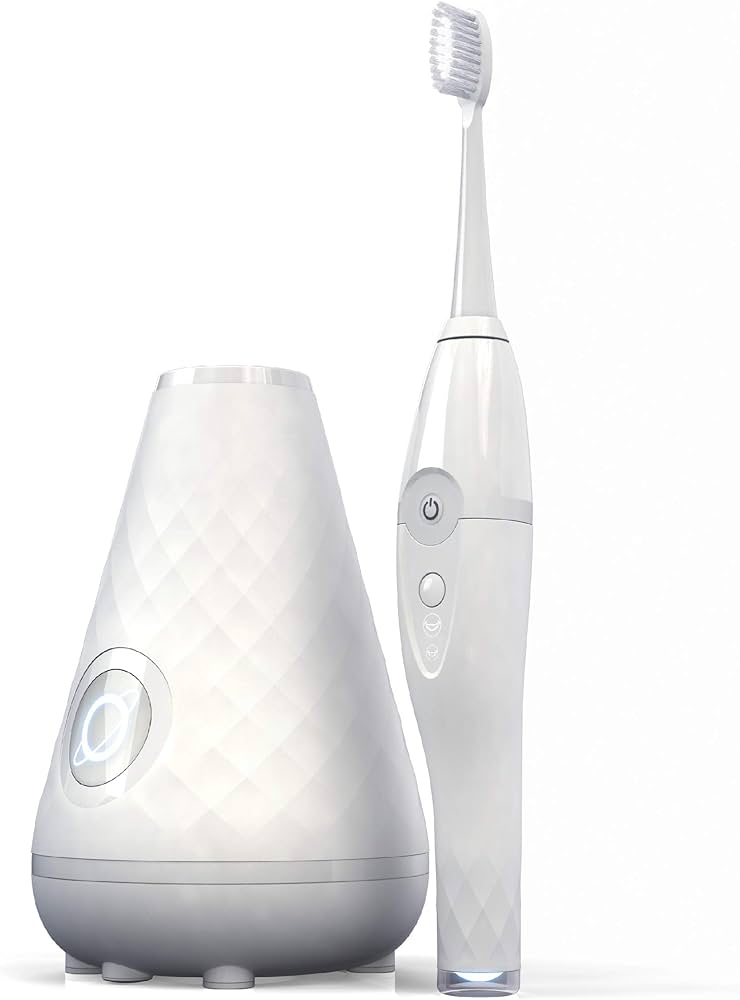
Conclusion:
Maintaining a Clean and Healthy Toothbrush
Disinfecting your toothbrush with hydrogen peroxide is an effective way to promote oral hygiene by reducing bacteria and preventing cross-contamination. The recommended soaking time is typically five to ten minutes, ensuring sufficient exposure without causing damage to the bristles. It is important to prioritize proper toothbrush care and maintenance, adhering to regular brushing, rinsing, air drying, and replacing guidelines.
Remember, individual circumstances may require slight adjustments to the recommended soaking time. Consulting with a dentist can provide valuable insights and ensure that disinfecting your toothbrush with hydrogen peroxide aligns with your specific dental needs.
By following these general guidelines for toothbrush disinfection and maintaining a clean and healthy toothbrush, you can support your overall oral health and enjoy the benefits of a fresh and hygienic dental routine.

